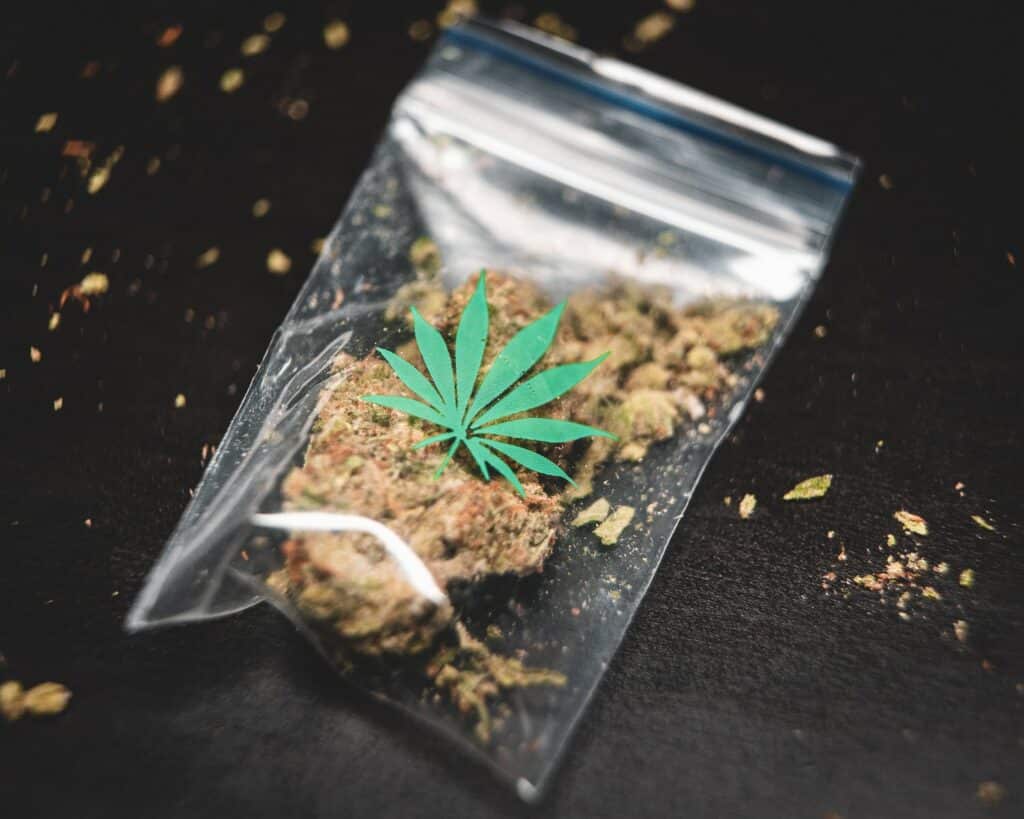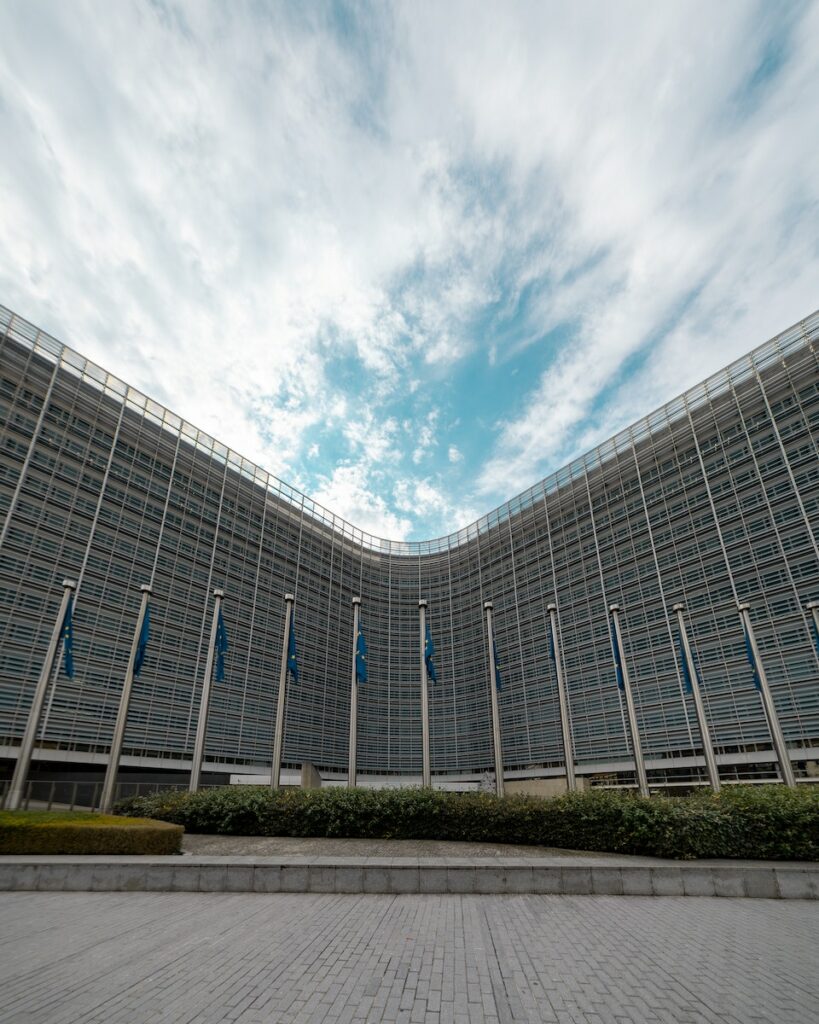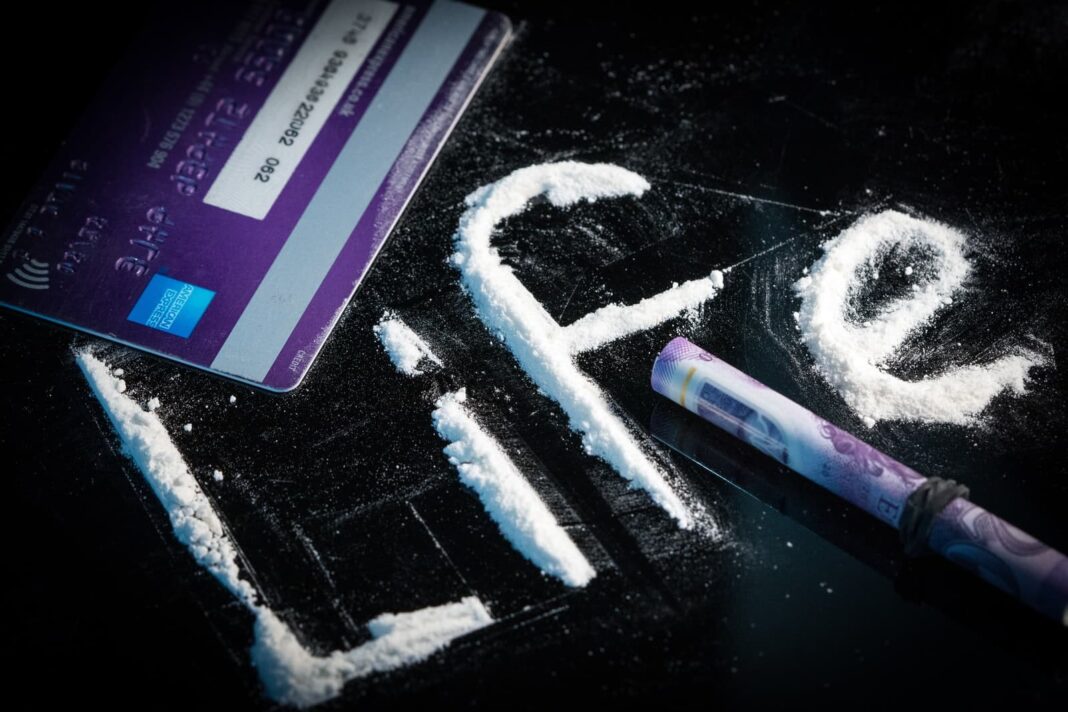Being present across European countries and in direct contact in the streets, markets, any kind of shops, associations, schools, administrations, and agencies, with the youth, parents and the populations at large gives the right and objective data on how the European population perceives and behave facing the drug problem.
This extents from:
-the young lady who was smoking with friends a “joint” of cannabis for ten years before she realised that her behaviour was slowly changing,
-the desperate old mother whose son is going to the shooting room instead of the rehabilitation centre,
-the father who at the info-stand, in front of his teenage daughter, testified that driving after a party with friends, he had been tested drug positive by the police, lost his driving license and then realised his wrong-doing and hardly stopped the drug use,
-the monitor of a driving school who had students under drug influence, to be less stressed,
-school professors are happy to have access to educational materials on drugs to enlighten their students,
-an hospital nurse in favour of drug prevention actions instead of this “harm reduction”,
-school professors asking for lectures on drugs to their students and enjoying their positive feedback,
-this former cocaine user who explained the hell he had to go through before getting out of the addiction and how good he feels now,
-and many more… about the harmful effects and dreadful results of drug use, in accordance with these words from Ron Hubbard in the sixties:
“Research demonstrates that the single most destructive element present in our current culture is drugs”.
THE OCCURENCES
All these people have a common viewpoint regarding drug use: they did not know when they started how harming the drugs could be and that they were never told about the dwindling spiral they were engaging into, “otherwise they will never start in the first place”. And alcohol is part of the picture, starting with the adolescents and the binge-drinkings !


This is in the middle of the last century, popularised by the Beat Generation, the Hippie movement and artists that started the rock culture of drug experimentation such as with the Beatles (Day Tripper-1965, Lucy in the Sky with Diamonds-LSD-1967); Jimmy Hendrix (Purple Haze-Cannabis-1970); J.J. Cale (Cocaine-1976); Eric Clapton the guitar legend addicted to heroin in the 1970, the movie actors as Marilyn Monroe (died in 1962 at age 36 of an overdose), Judy Garland in 1969, and Bruce Lee in 1973, etc., also writers as William Burroughs (Junkie-1953, heroin), Aldous Huxley (The Doors of Perception-1954, mescaline), Jack Kerouac, a Beat writer (On The Road-1957, benzedrine), Hunter S. Thompson (Fear and Loathing-1972, all drugs), Stephen King, Paulo Coelho…, that the recreational use of drugs became the symbol of the youth rebellion, uprising, protest and social upheaval, and of political dissent. And since then, drug use has drastically increased, pervading all society levels.
Today, in the 2022 Drug Report of the European Monitoring Center for Drugs and Drug Addiction (EMCDDA), the Director summarised the drug trends by: “Everywhere, Everything, Everyone”. Indeed, health, education, the justice system, social welfare, economy, political system, governments, and communities are concerned by the drug problem, and in its wake are found: war, corruption, crime, misery, and lost lives.
In addition, within the EU (European Union), EMCDDA reports that drug problems interfere with and complicate the resolution of other vital issues such as homelessness, the management of psychiatric disorders and self-harm (suicide), the reduction of youth criminality, the exploitation of vulnerable people meanwhile greater levels of violence and corruption are observed.
EUROPEAN STATISTICS
Across the EU the EMCDDA (Report 2022) estimated that some 83.4 million or 29% of the people aged 15 to 64 have used illicit drugs in the last year, compared to the 284 million people worldwide (UNODC Report 2022).
In Europe:
- the cannabis is the most widely used by 22.2 million people (584 tonnes of resin and 155 tonnes of herbal were seized in 2020 );
- then the stimulants with 3.5 million of cocaine users (213 tonnes were seized in 2020). An increased use of crack cocaine is noted in Belgium, Ireland, Spain, France, Italy, Portugal and Germany. In 2021, the highest loads of crack cocaine residues in the waste waters of 13 European cities were found in Amsterdam (Netherlands) and Antwerp (Belgium);
- 2.6 million of people are MDMA (ecstasy) users;
- 2 million for amphetamines, and,
- 1 million of heroin or opioid users. Opioids account for the greater harm in the illicit drug use and are present in 74% of the fatal overdoses reported.
Is noted that people with drug problems use a range of illicit substances, medicinal products and other non-controlled psychoactive substances.
During the COVID-19 measures and restrictions, the European illicit drug market reacted fast with a rapid bounce back in drug supply and use, returning to a business-as-usual model.


As a result, it is estimated that some 6 500 overdose deaths (mean age of 41 years) occurred in the extended European Union in 2020. They are due to polydrug toxicity, illicit opioids and medicines (such as benzodiazepines, methadone, buprenorphine, oxycodone, fentanyl) and alcohol. There are also signs of increased harm among young people with the use of hallucinogenic and dissociative drugs such as ketamine, GBL (industrial solvent, addictive) and GHB (a powerful sedative) both known as “rape drugs” and the nitrous oxide (N2O-the laughing gas can become a neurotoxic with repeated uses).
Facing drugs, the young people are the most vulnerable. They are exposed to drugs earlier than ever due to their easy availability, the aggressive promotions, the multiplication of shops and dealers, the innovations in the digital illicit drug market and above all the lack of factual data, information and education on the subject ! This is crystal clear when talking across Europe with youth, students and even parents, themselves eager to know more on the harming effects of drugs, to be able having facts to dialogue efficiently with their young children and educate them preventively on this subject.
WHAT TO KNOW ABOUT DRUGS?
First, we need to keep in mind that the natural drugs found either in plants or small animals are secondary metabolites, poisons, whose only function is to protect them against predators -including humans!- thus ensuring the survival of the species.
Then, all the psychoactive drugs/substances are fat-soluble (liposoluble). The human brain is a well blood-irrigated organ which contains nearly 60% of lipids (dry weight). This explains that the psychoactive drugs are able to cross fast the hemato-encephalic barrier and interfere with the release/reuptake of the neurotransmitter dopamine (DA) in the neurons of the nucleus accumbens (NAc) part of the complex “reward and pleasure system” in the mesolimbic area of the brain. The NAc is also involved in the reinforcement functions (Bassareo and Di Chiara, 1999) for food search and incentive motivation at the origin of the addiction problem by self-administration. So, any substance that modifies the DA release/reuptake is a candidate for abuse.
The main characteristics of a drug as a psychoactive substance, besides the toxicity and dependence, are the alteration of perceptions, the capacity to think, memory and of the state of consciousness. This last point (alteration) is not valid for tobacco smoking. Note however that in Europe, 9 out of 10 lung cancers are caused by tobacco leading to the European Commission’s Beating Cancer Plan (June 2022).
FACING THE DRUG PROBLEM
To regulate the development and the availability of the drug, the International Drug Control Conventions of 1961, 1971 and 1988, and the Convention on the Rights of the Child (1989), were ratified. The protection of the populations in the EU is subjected to the European Social Charter (1961 & 1996), the Charter of Fundamental Rights (2000/C 364/01) and for the youth to the European Charter of the Rights of the Child ( 1979, Rec.874 – 17.4 b).
Despite these Conventions and Charters, despite the Europol, South Eeast Law Enforcement Center, Frontex, Customs, and other agencies, drugs are circulating in full illegality.
The active pro-drug legalisation organisations are omitting to learn from the catastrophic health results after marijuana legalisation in countries as States of Colorado and Washington (2012), Massachusetts (2013) in USA, Uruguay (2013) and in Canada (2018) with now 21% of addicted. This is a good business for pharmaceutical firms and the mental health sector.
“Alcohol and nicotine provide poor models for legalisation. The tax revenues reaped from these drugs are dwarfed by their social and health costs. The same is true for marijuana and any other illegal drug” comments the Institute for Behavior and Health (USA).

Too many European politicians/governments are under the powerful lobbying of organisations and firms with vested interests in the production and/or sale of drugs (or precursors). Indeed, they never consider the subsequent costs generated by illegal drug and alcohol abuse.
Only for hospital-based treatment in then 21 EU member states, this was estimated according to a 2014 study (Lievens D. et al) to be 7.6 BILLION euros.
But there are also expenditures for harm reduction, shooting rooms with doctors, nurses and supplies, berthings, more accidents in the workplaces, on the road (25% by drivers under alcohol influence and 15% for other drugs), misdemeanours and crimes, school droppings, various related illnesses, to say a few. And all these of course supported by the taxpayers!
A positive point from the European Commission is the implementation of the new EU Drugs Strategy 2020-2025 with: “… the aims to ensure a high level of health promotion, social stability and security and contribute to awareness raising” as well as for the 2021-2030 EU Strategy on Road Safety concerning all illegal psychoactive substances, including alcohol.
NEVER EVER GIVE UP!
Today, when the THC (psychoactive substance) of the cannabis resin reaches 21% and in the herbal 11%, prevention is more than ever needed to help to avoid the early initiation of drug use with the linked health and mental disorders and the further reaches to other drugs.
“Care starts with evidence-based prevention and addressing perceptions and misperceptions of risk, including by taking a hard look at the message our societies are sending to young people.” said the UNODC Executive Director in the World Drug Report 2022.


The key point is to preventively raise the awareness of the youth and parents on what drugs are and do. “It is ignorance that blinds and misleads us. Open your eyes, O miserable mortals!” said Leonardo da Vinci (1452-1519).
And this starts at school at an early age until ideally the twenties with an age-adapted education on the drug subject included in school curricula. And as “It Takes a whole village to educate a child” (an old African proverb), this education must also involve the families, all the community leaders, official organisations and authorities, and youth associations, with the care and economic support of the States, and with no one left behind.
“By closing schools, you will open prisons,” said the writer-humanist Victor Hugo, let’s do the opposite!
Educate and Inform
Educate and inform: this is what, as like-minded associations, the Foundation for a Drug-Free Europe and its hundred of Say No To Drugs associations and groups, with the support of the Foundation for a Drug-Free World, are doing across Europe with their prevention campaign named “The Truth About Drugs”.
The drug problem is not a fatality and the “war on drugs” is not yet lost! “The only thing necessary for evil to triumph is for good people to do nothing,” said Edmund Burke (1729-1797).
Get educated on drugs too, to live a happy life with goals achievement!











